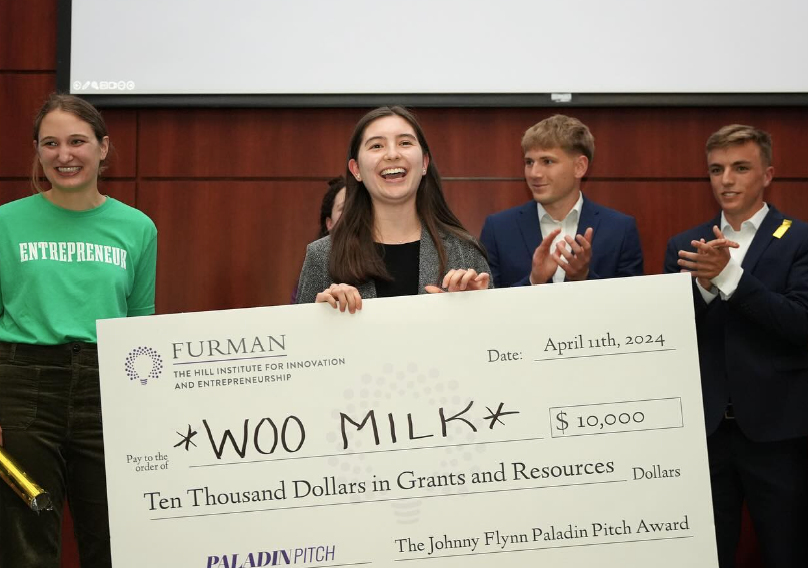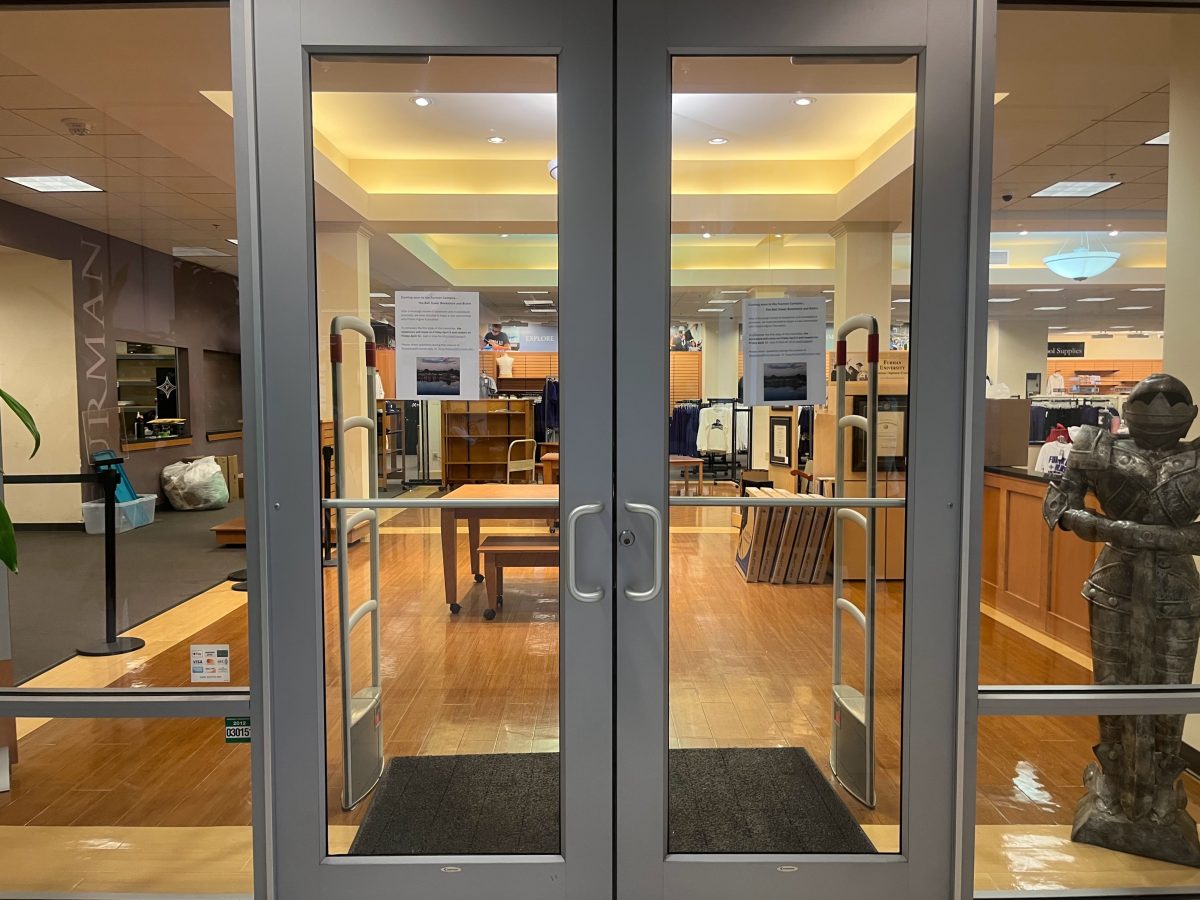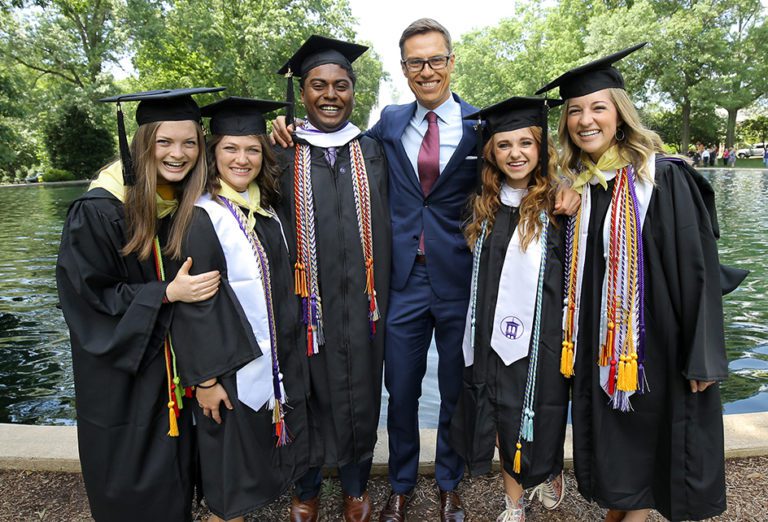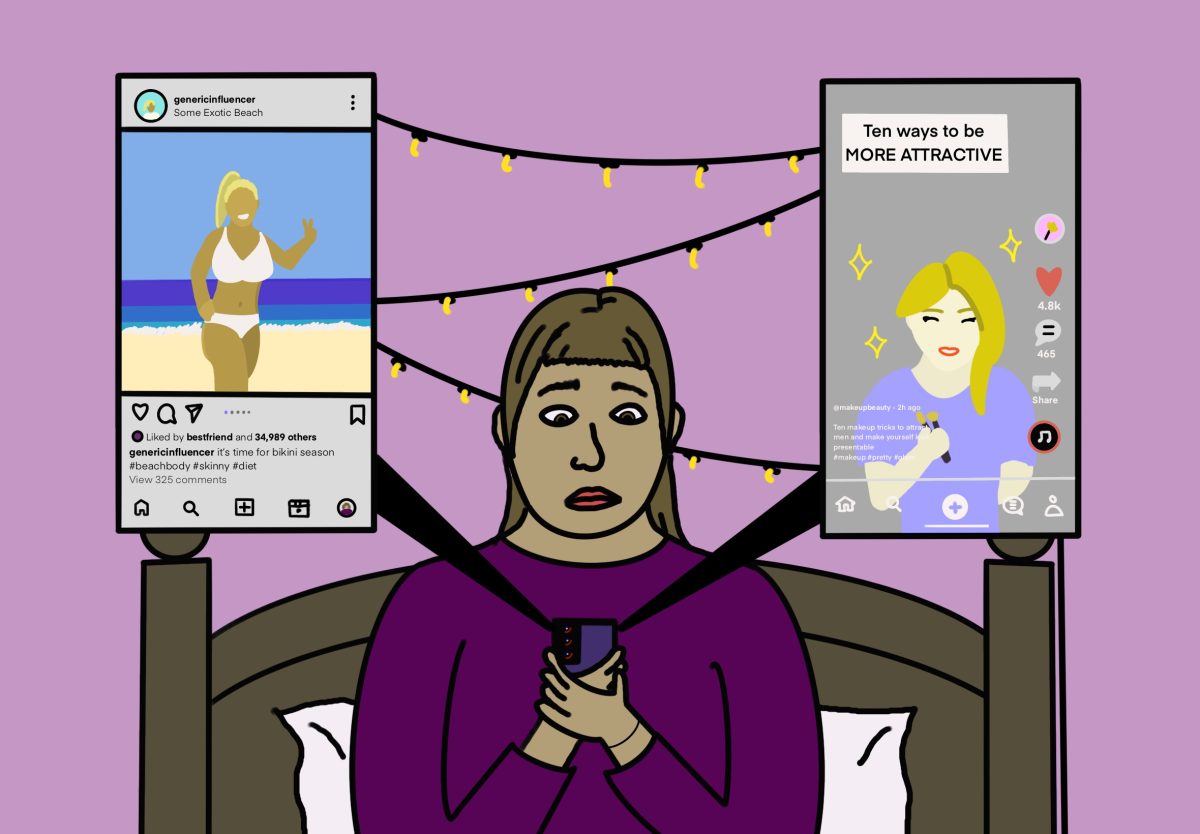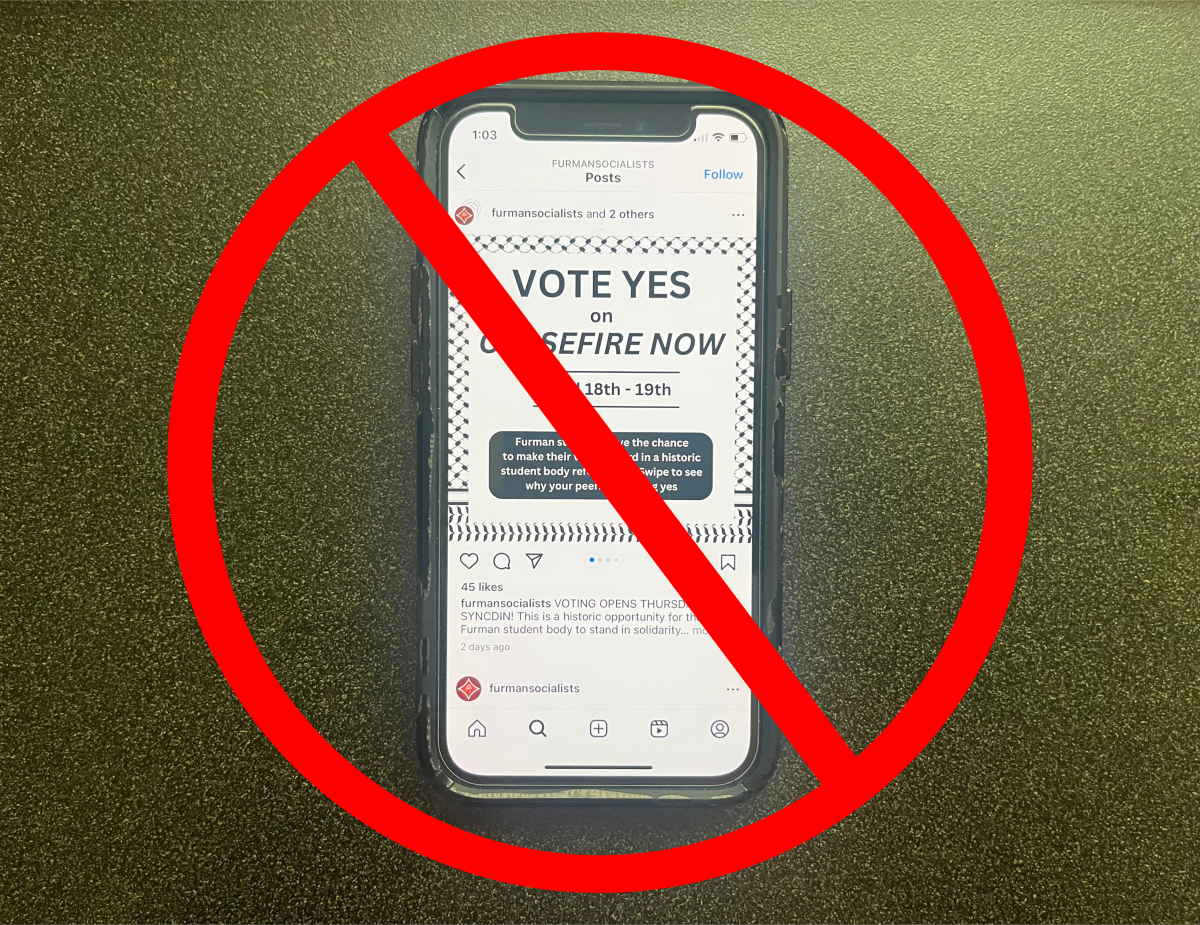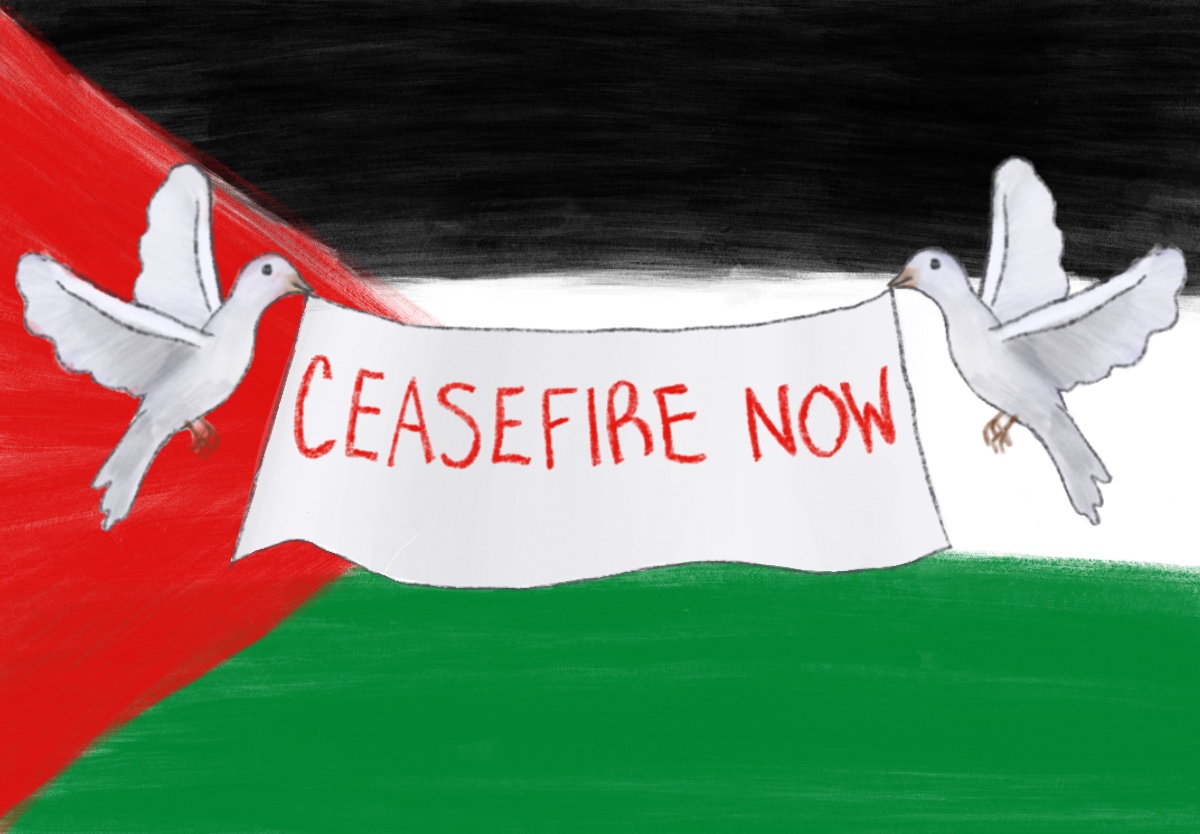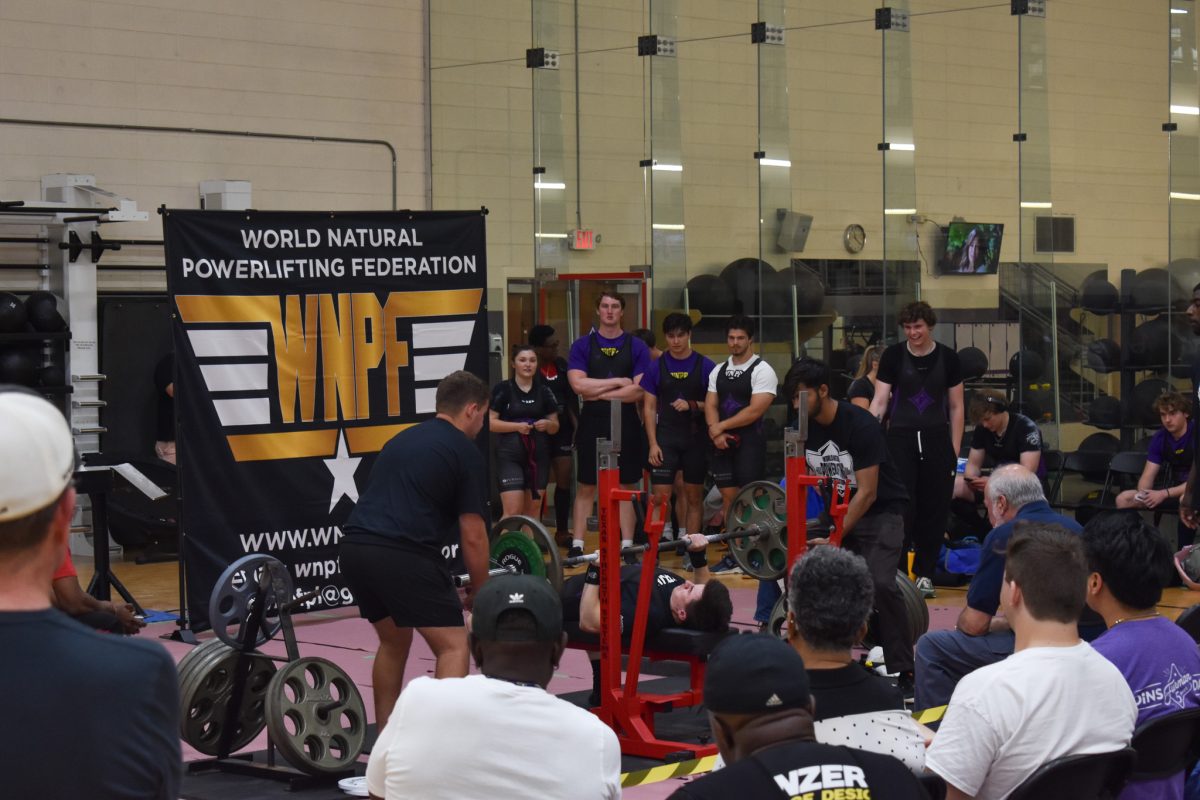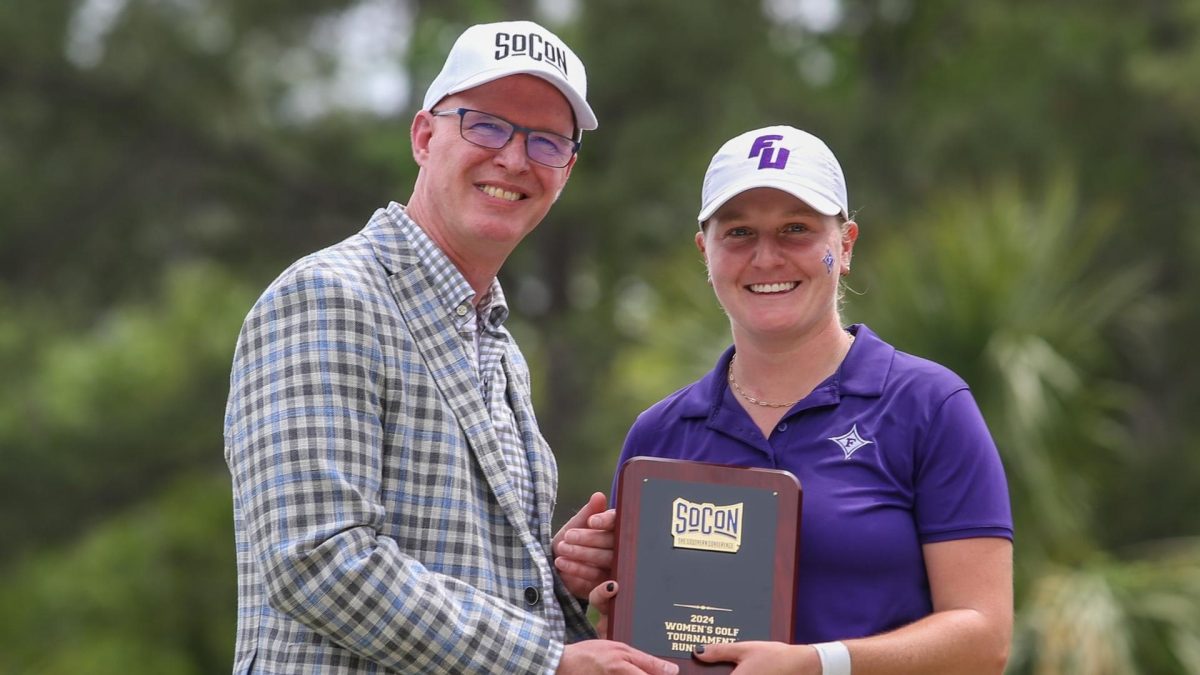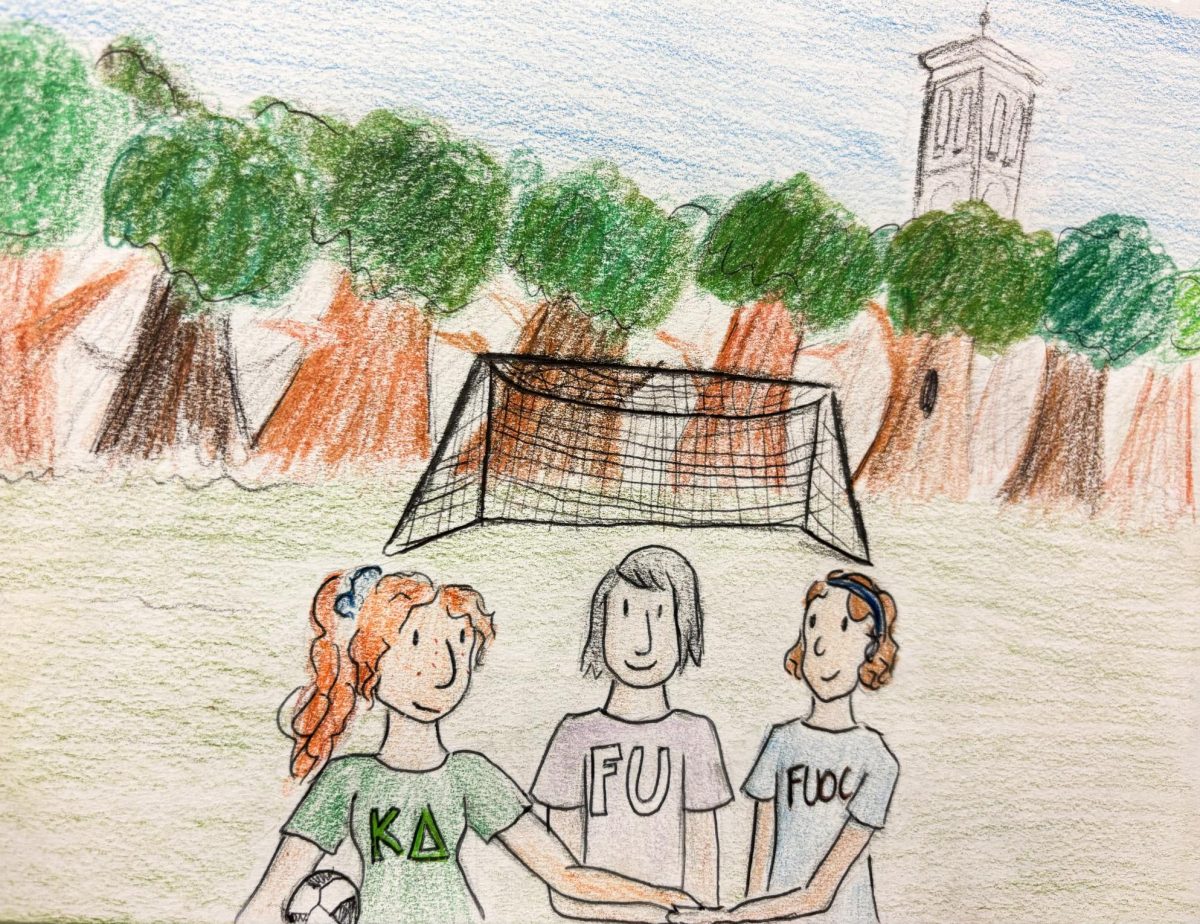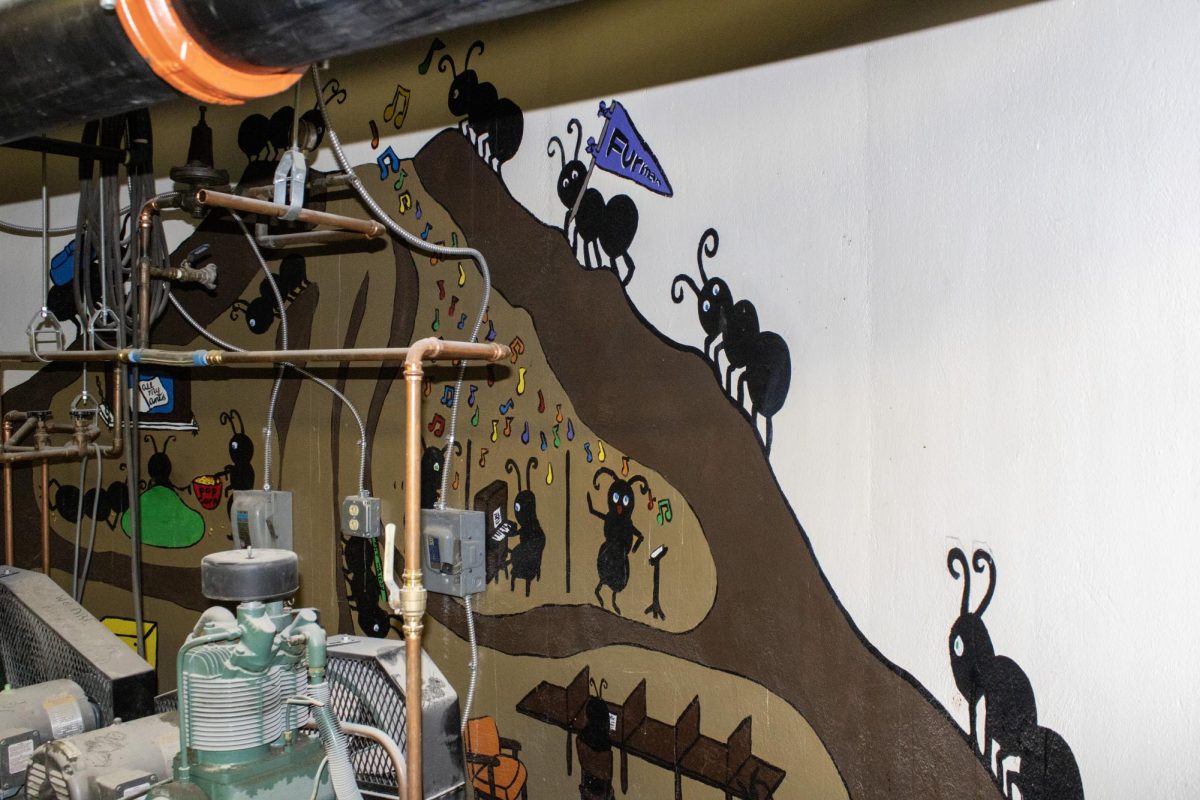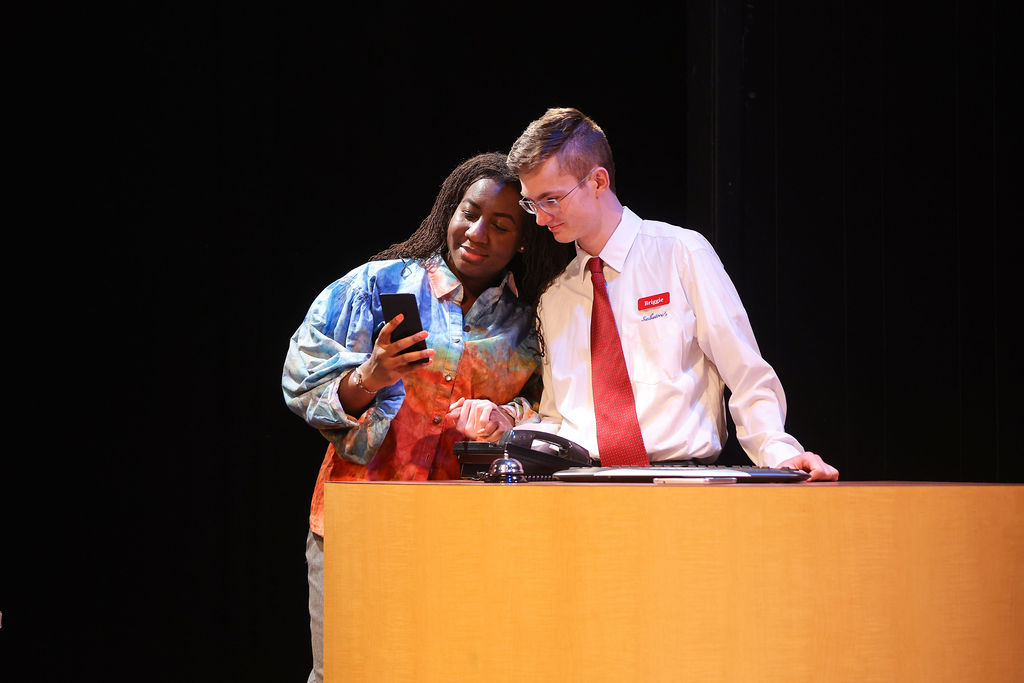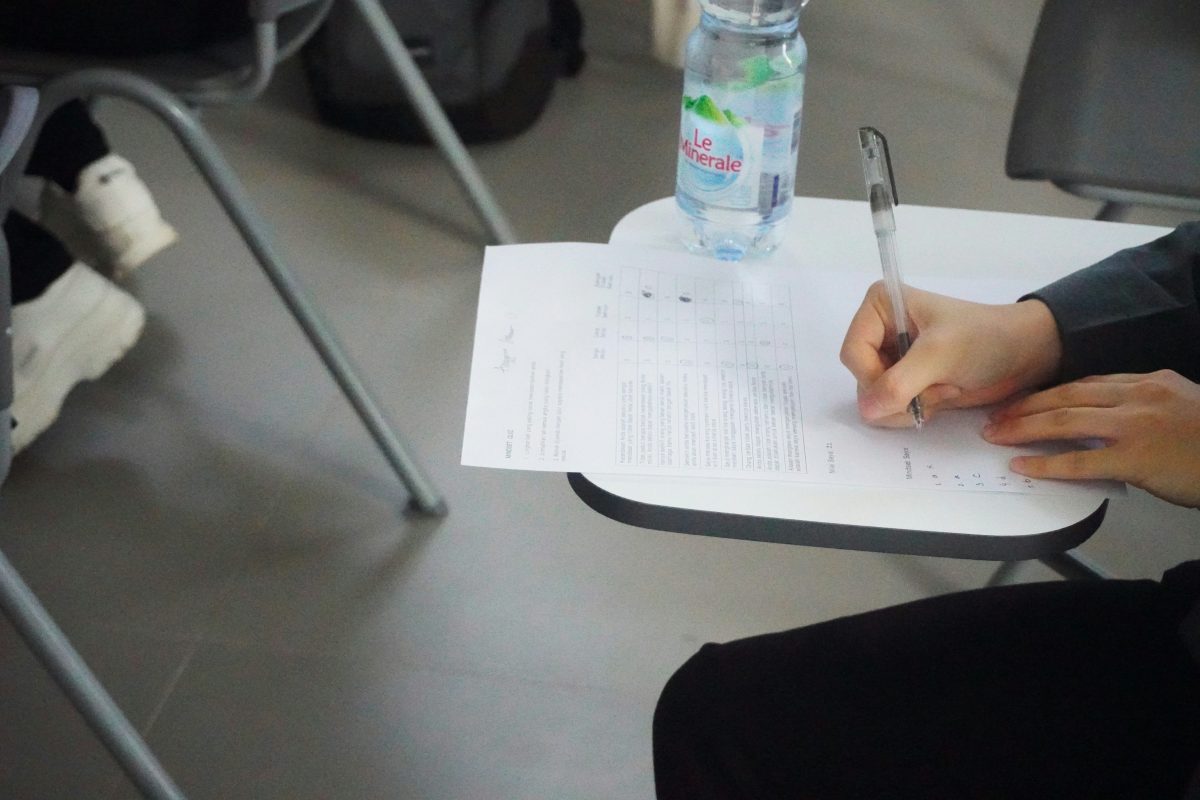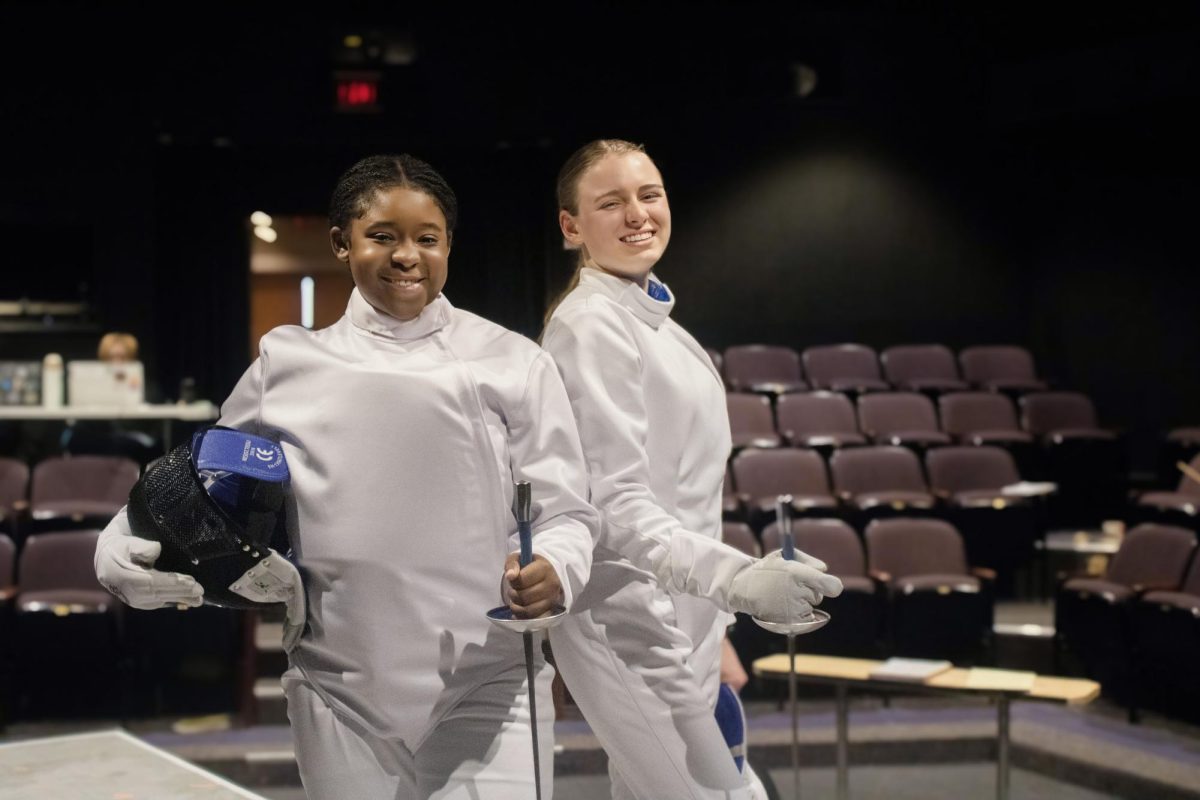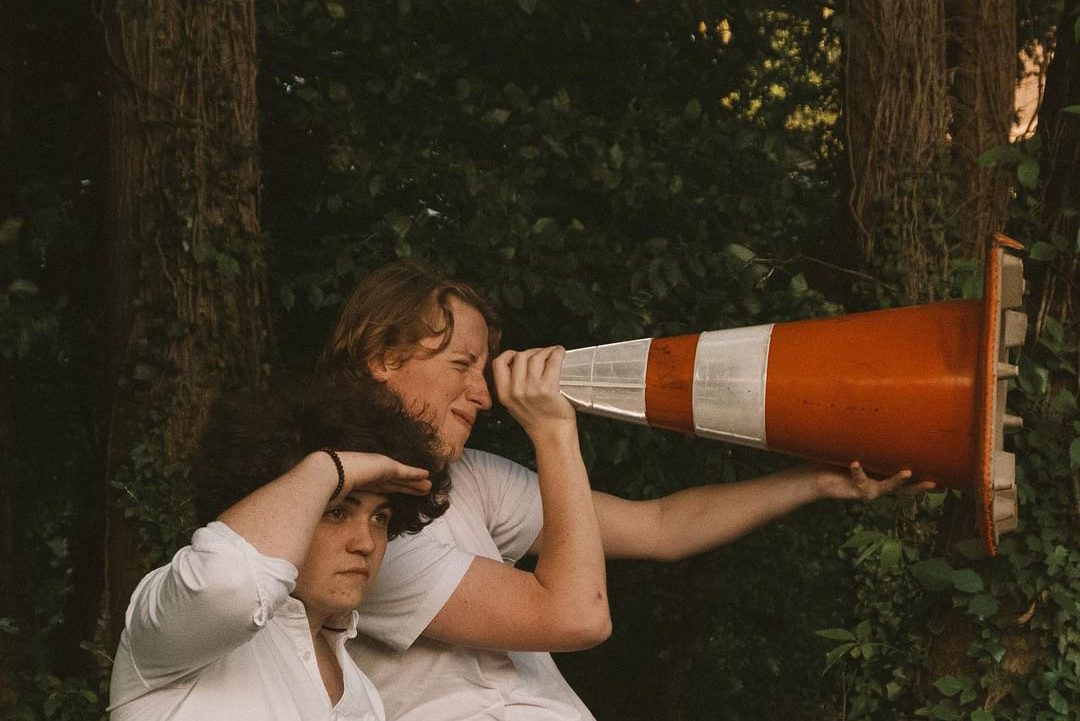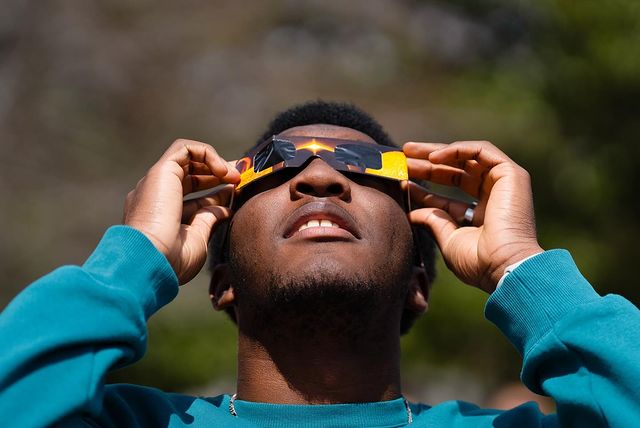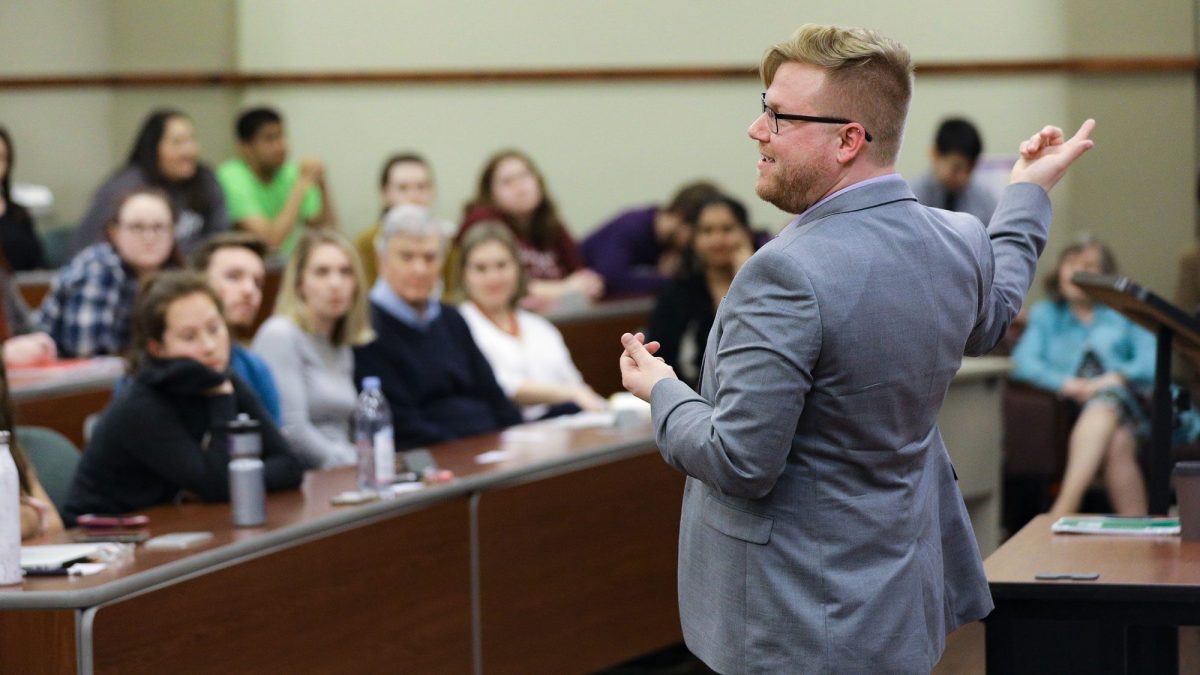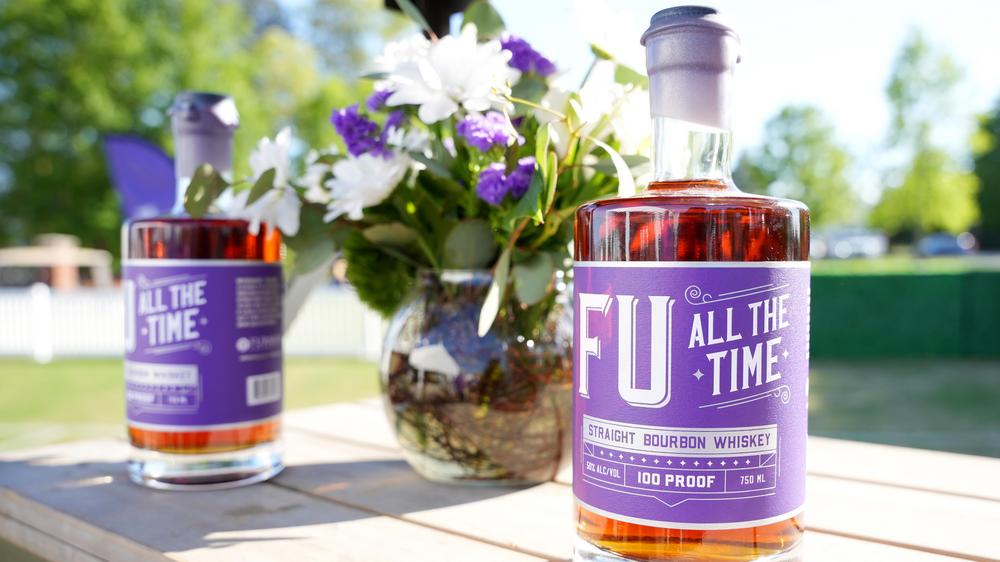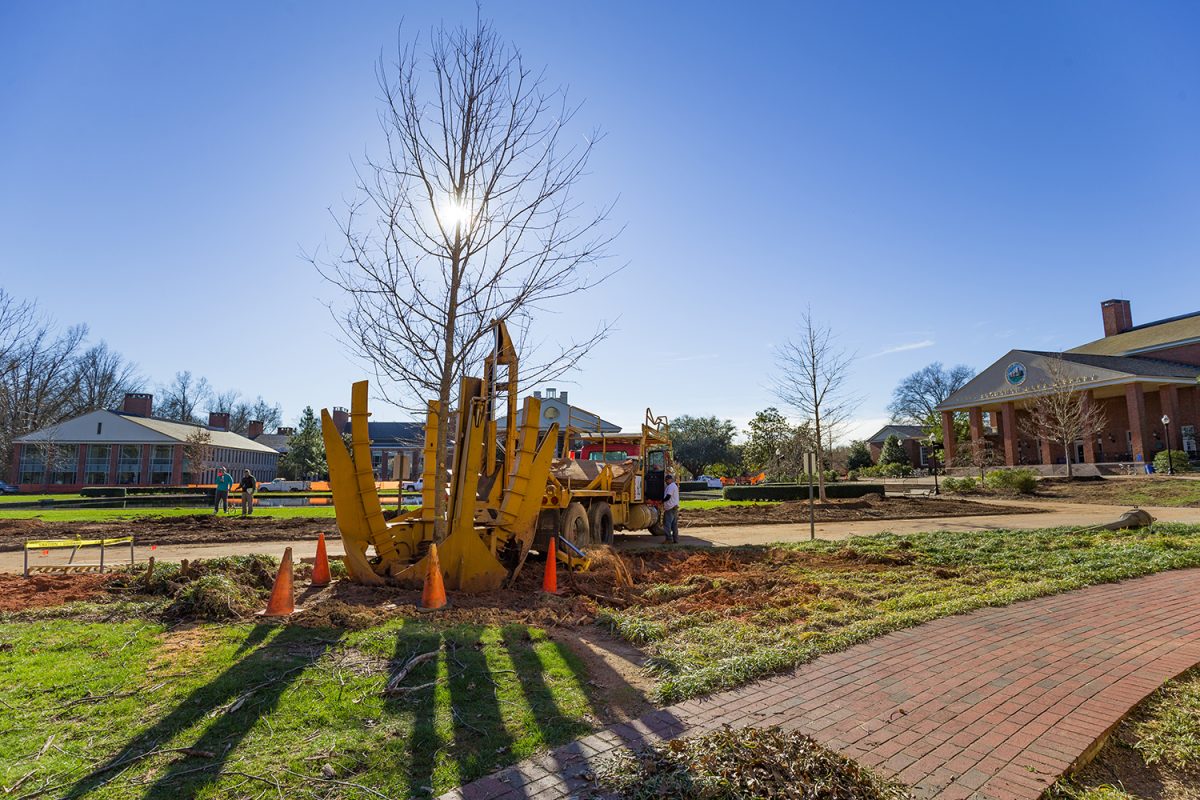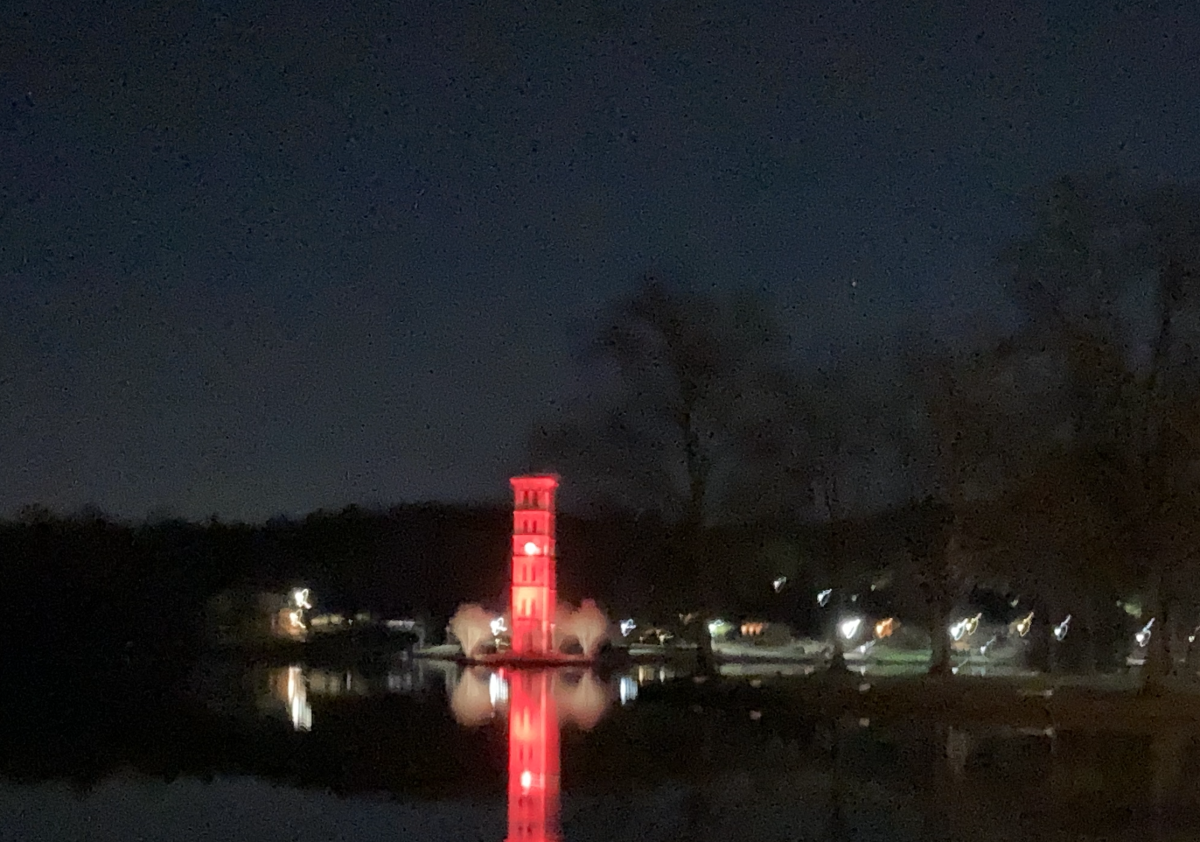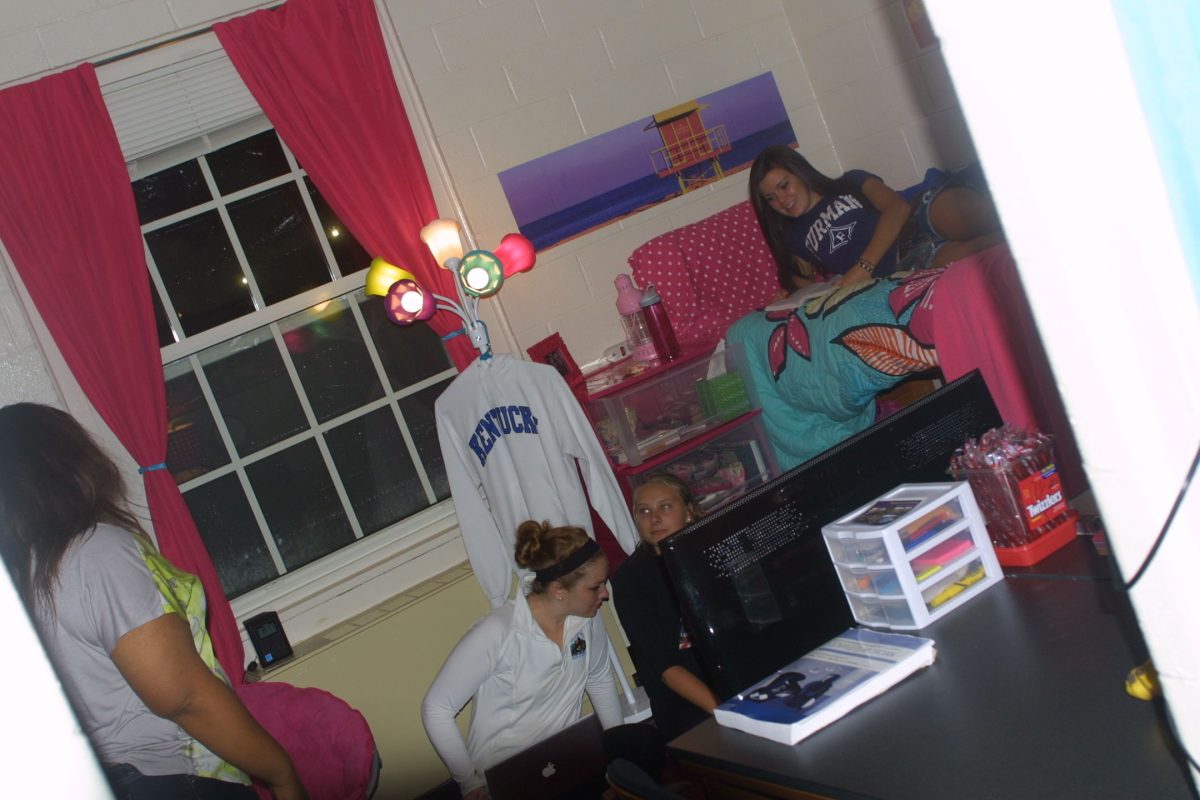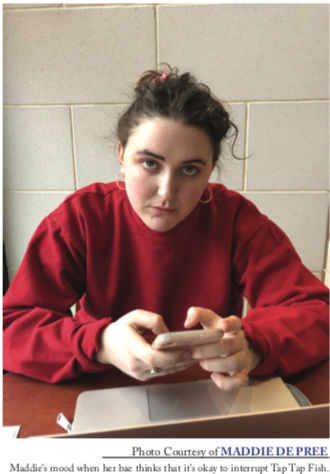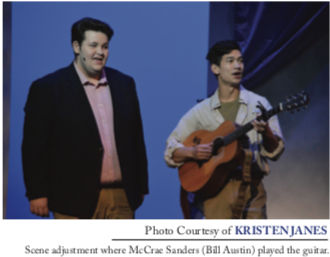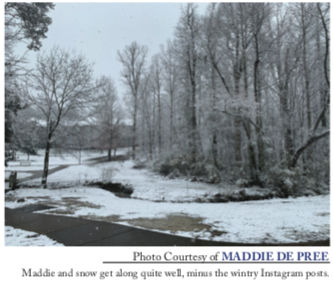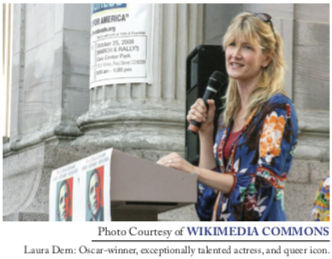By Lasley Cash, Staff Writer
Fashion is not easily defined; it means different things to different people. Fashion is an art, a religion, a job. It is a peek into one’s personality, an insight into cultural background and heritage. It is a feast for the eyes that can be playful, escapist, or disguising. Ultimately, fashion is a form of personal expression to represent one’s individuality and can take on any number of roles.
Furman University’s International Student Association, F.U.I.S.A., recently showed how fashion translates across various regions of the world and can reflect a person’s regional context. At the International Fashion Show, organized by the association, guests were given “a peek into the soul of many countries around the world.”
Dr. Savita Nair, faculty advisor of F.U.I.S.A., stated that the show would not only allow the audience to see the past and present fashions of over 20 countries; it would bring the world come to Furman.
Three percent of Furman students are international scholars. These student representatives from each country were able to give a brief introduction about the cultural heritage and traditions from their countries, before modeling their favorite garments.
Asian student represented China, Japan, Korea, Mongolia, Myanmar, and Vietnam. For China, a beautiful, traditional Tibetan dress walked the runway, serving as a representation of the country’s cultural and religious spirit. Symbolic of the Tang Dynasty, a beautiful silk costume was modeled to represent China, a gown that would have primarily been worn by the scholars within society. To represent Japan, the two garments chosen were a traditional kimono and a “jinbei.” The “jinbei” was designed as apiece for outdoor festivities in the heat of the summer. The kimono worn was intricately designed, made of thick cotton with bright, bold colors. The look of the kimono from traditional Japanese wear has been brought into our American culture and is currently one of the biggest trends on the market.
For Korea, a traditional outfit known as “hanbok” walked the runway. “Hanboks” are primarily worn for traditional holidays and celebrations, including weddings. For Mongolia, a traditional cloth known as “deel,” an ankle-length gown primarily worn by elders, was worn. Fit for nomadic lifestyles, there are over 400 different styles of “deel.” The garment is most famous for inspiring one of the outfits in “Star Wars.”
For Myanmar, a traditional Burmese gown was worn. These gowns are still common pieces worn in society today, particularly at Buddhist monasteries and formal ceremonies and events.
“I was really excited to represent Myanmar traditional clothes because a lot of people here don’t even know where Myanmar is, let alone what my traditional clothes actually look like. Being one of two Burmese students here, I felt a responsibility to share my cultural background with others,” said Thet San, a junior at Furman University, who modeled this dress in the show.
Lastly, a very beautiful long tunic walked the runway, serving to represent the purity, harmony, and beautiful of the country of Vietnam. Known as “Ao dai,” this conservative style of dress would today be seen worn during national events and ceremonies, serving as a patriotic symbol for Vietnam.
In South Asia, students represented the countries of Indonesia, India, Nepal, and Pakistan. Within the country of Indonesia, the focus of the clothing was on the intricate designs of the patterns, not the styles. Artistic patterns were created from using wax on cloth before dying the material. In this continental region, different ethnic groups also has their own unique form of dress.
In India, the garment modeled was a “kurta.” This shirt, made of thin cotton, would be worn for many occasions: More intricately designed “kurtas” were kept for formal events, whie simply constructed “kurtas” are designed for everyday use. In our American society today, many designers have picked up on the uniqueness of the Indian “kurta,” using the look as inspiration for many modern-day tunics.
The “saree” was a beautiful red gown modeled for the country of Nepal that was worn to symbolize becoming a woman in society. The “gharata,” a traditional dress primarily worn by brides, and the “sherwani,” a formal menswear outfit, represented the cultural significance of the styles in Pakistan.
The North America/Europe sector of the show illustrated the styles from the countries of Mexico, Trinidad, and France. The styles from France resembled many modern-day pieces in our American wardrobe such as the classic beige trench coat. Additional suite styles were modeled resembling workwear, primarily in neutral colors. However, the country of Mexico brought a lively and festive personality to the show with its bright and bold colors of dress and layers of ruffles and designs.
In Africa, students represented the Democratic Republic of the Congo, Ghana, Morocco, Rwanda, Zambia, Tunisia, and Syria Many of the garments displayed from these countries were intricately constructed, made of hand woven cloth, and were associated with people of power and prestige. Garments such as the “djebba” and the “kente” were also very colorful in nature, and saved for formal ceremonies where they could be flaunted to show one’s wealth and royal status.
Lastly, the fashion show concluded with an upbeat and energetic African dance performance by students Eunice-Itoua-Mamic, Sophia Amoo-Gottfried, and Jade Carberry. This dance did not only show the audience a vivid depiction of traditional African ceremonial dance; it also brought this ceremony to life, leading the audience to clap along as the dance’s rhythm echoed through the room.


